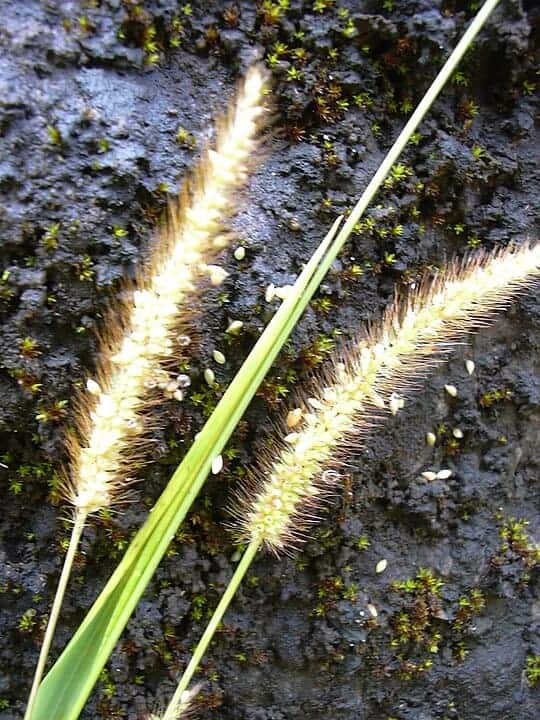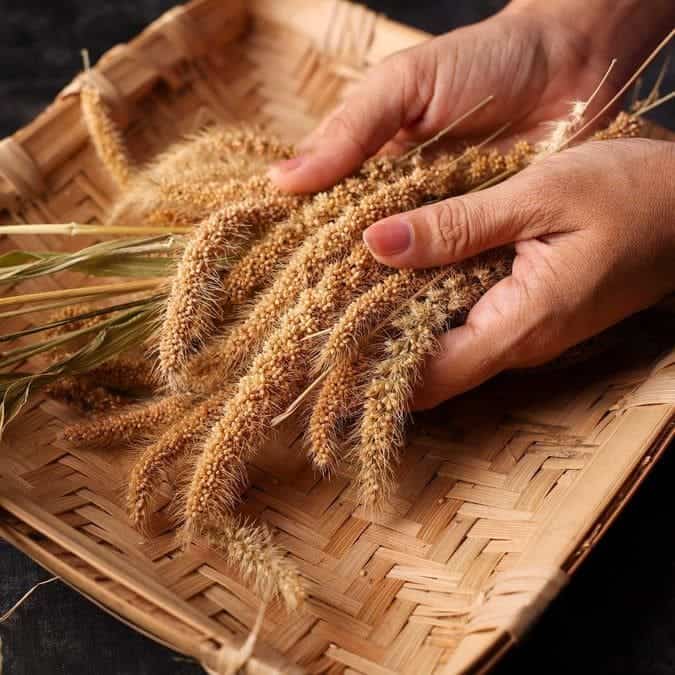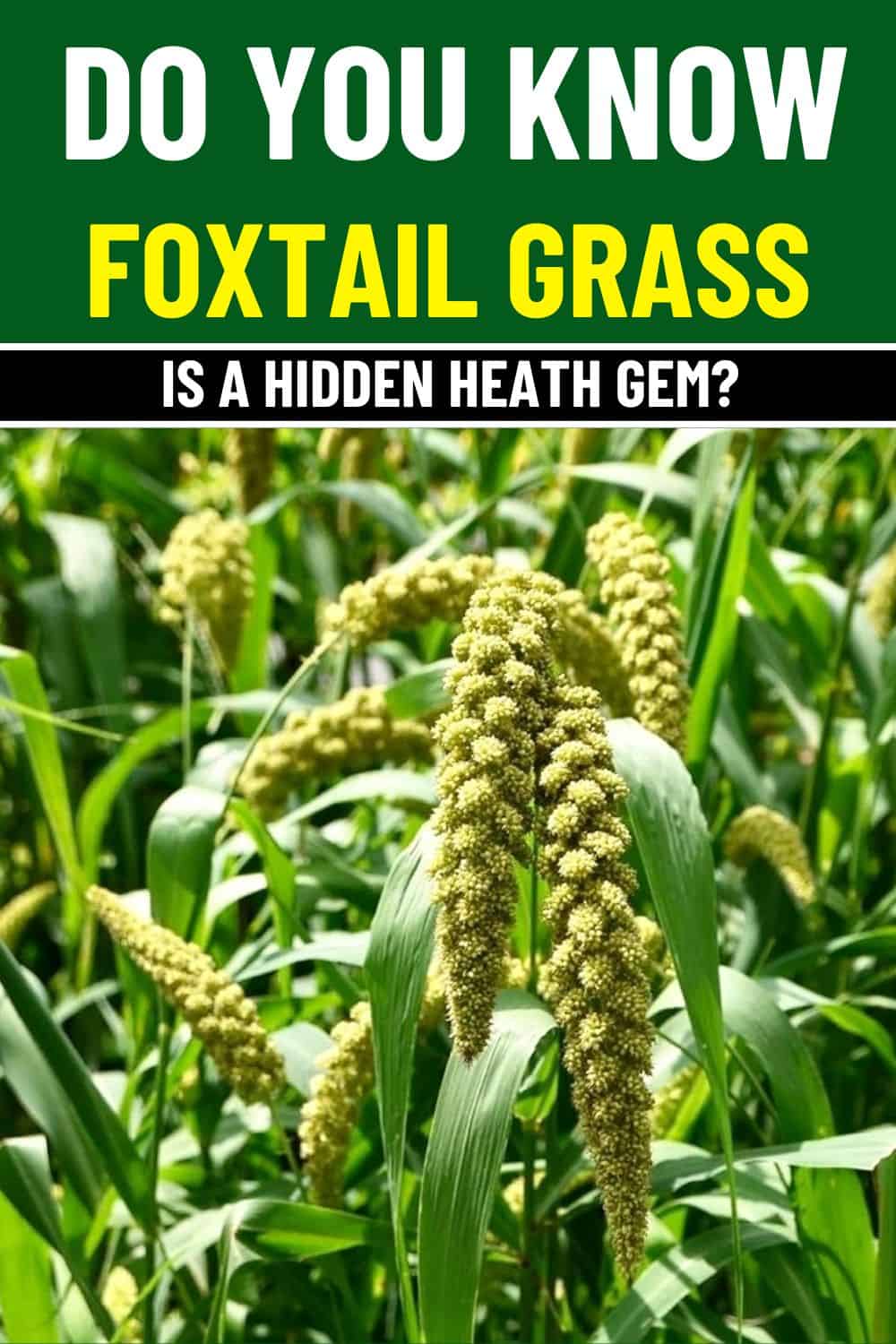Foxtail grass, part of the Setaria genus, is often dismissed as a mere weed, yet it has hidden potential that could revolutionize your health. Its seeds, known as foxtail millet, have been staples in traditional diets across Asia and Africa.
Packed with essential nutrients and health-promoting properties, this underappreciated grass offers impressive benefits for your well-being.
#1. Supports Digestive Health
Foxtail millet from the seeds of foxtail grass is a natural source of dietary fiber (about 8.3 grams per 100 grams). This fiber helps regulate bowel movements, prevent constipation, and maintain gut health.
Additionally, fiber supports the growth of beneficial gut bacteria, enhancing nutrient absorption and strengthening your digestive system.

#2. Helps Manage Blood Sugar Levels
Additionally, foxtail millet is known for its low glycemic index (GI of 50-54), an excellent option for people with diabetes or those watching their blood sugar levels.
The slow-release carbohydrates in the millet prevent sudden spikes and ensure stable energy levels.
Scientific studies from the Journal of Food Science and Technology have shown that diets rich in low-GI foods, like foxtail millet, can reduce the risk of Type 2 diabetes.

#3. Promotes Heart Health
Rich in magnesium (40 mg per 100 grams) and potassium (250 mg per 100 grams), foxtail grass seeds help regulate blood pressure. These minerals ensure proper blood flow and electrolyte balance.
The soluble fiber in foxtail millet lowers LDL (bad cholesterol), reducing the risk of heart diseases. Research published in Nutrition Reviews suggests that regular consumption of high-fiber foods can significantly improve cholesterol profiles.

#4. Provides Anti-inflammatory Benefits
Foxtail grass has been traditionally used for its anti-inflammatory properties. Its rich antioxidant content, including flavonoids and phenolic compounds, may help reduce inflammation in the body.
This potential makes it a promising natural remedy for managing arthritis and other inflammatory conditions.

How to Use Foxtail Grass for Health
- As a grain substitute: You can use foxtail millet as a base for rice dishes, curries, or stir-fries.
- In breakfast porridge: Cook millet with milk or water and add nuts, fruits, or honey for a hearty start to your day.
- For flatbreads and baking: Replace wheat flour with millet flour for gluten-free breads, pancakes, or muffins.
- In soups and stews: Add cooked millet to soups or broths to increase texture and nutritional value.
- As a smoothie booster: Mix a tablespoon of powdered millet into your smoothie for an added fiber and protein boost.

Cautions and Precautions
While foxtail millet is safe for most people, those with gluten sensitivities should ensure there’s no cross-contamination, as foxtail grass can sometimes be mixed with other grains.
Pets should be kept away from foxtail grass, as its barbed seeds can cause irritation, infections, or injuries when lodged in their fur, paws, or nasal passages. Regularly check your outdoor areas if you have pets.
Disclaimer
This article is for informational purposes only and does not replace professional medical advice. Always consult your healthcare provider before making significant dietary changes or using new foods for medicinal purposes.







